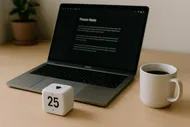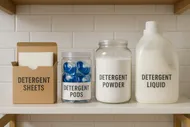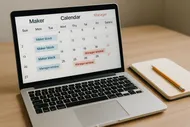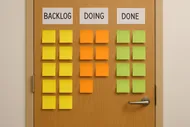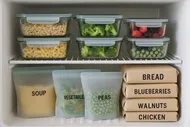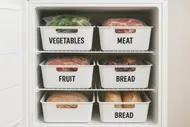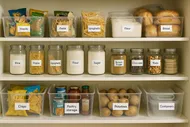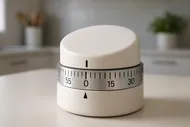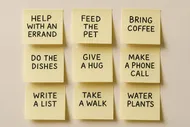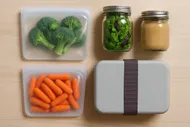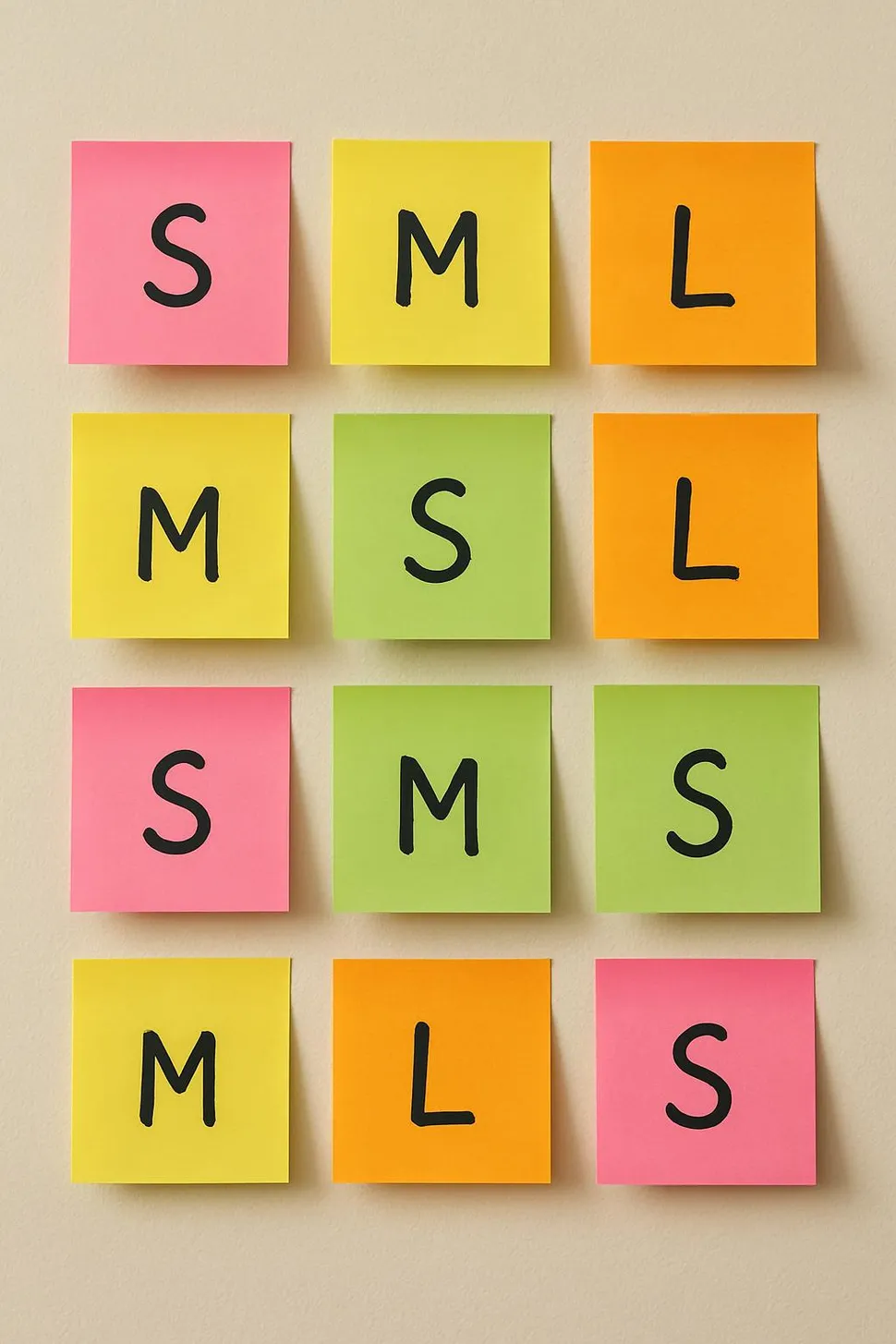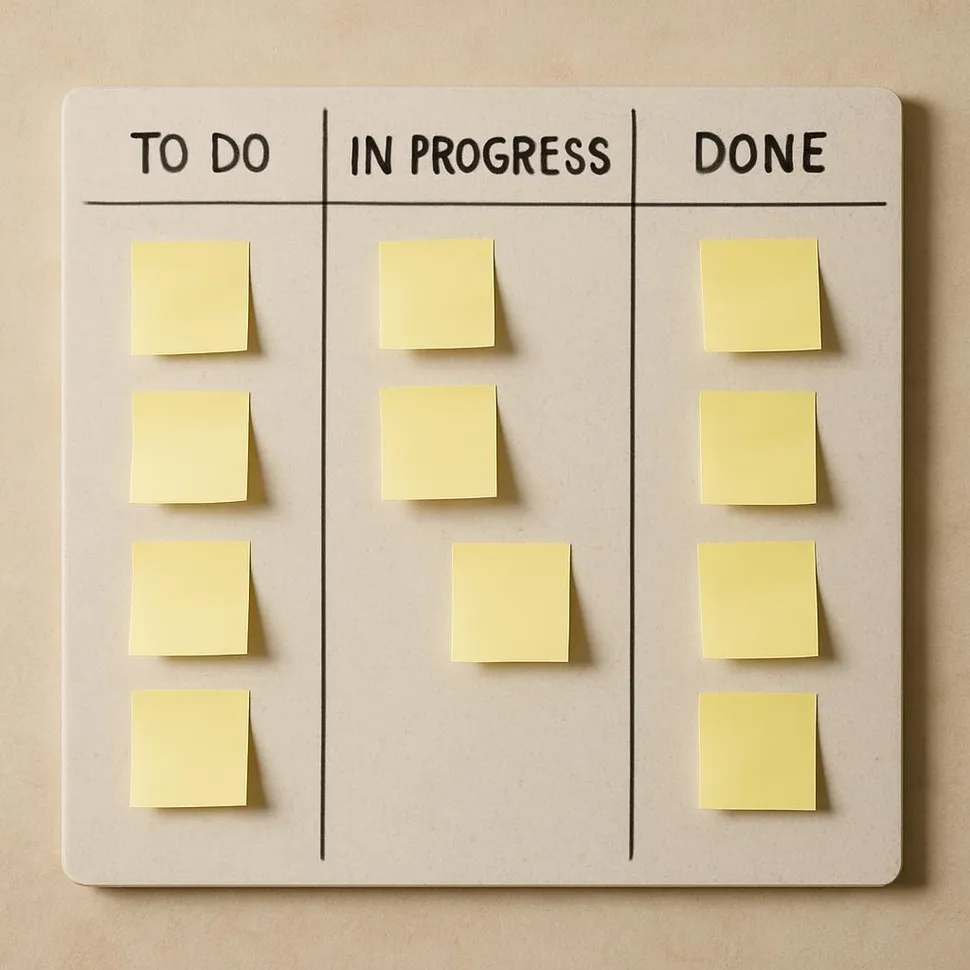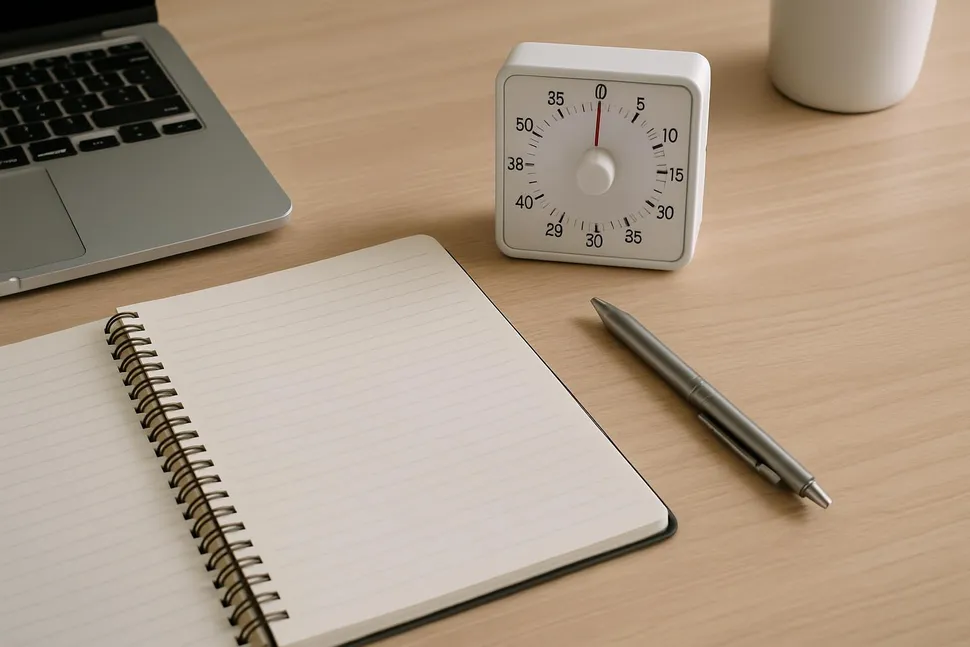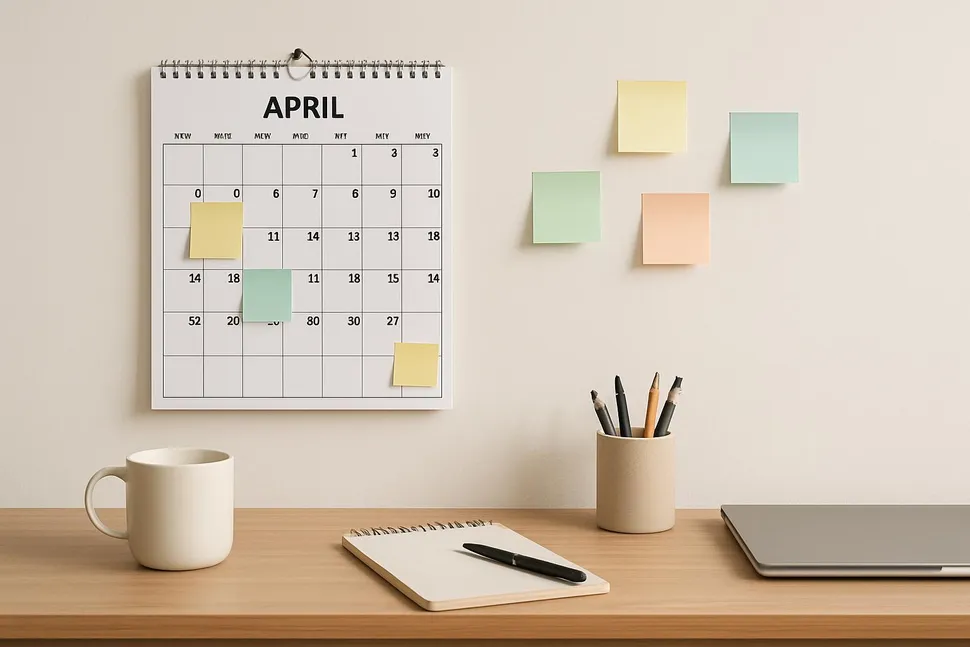Some days my to-do list feels like a buffet I definitely should not have brought a shopping cart to. I plan ten things, finish three, and then wonder why my evening looks like a deleted scene from Calendar Cramming: The Revenge. If your day keeps exploding like a microwaved burrito, meet my favorite fix: the Task T-Shirt Method.
Instead of lying to ourselves with fake precision like “this will take 47 minutes,” we give tasks a comfy T-shirt size: XS, S, M, L, XL. That’s it. Your brain already knows what an XL feels like (heavy! sweaty!), and it knows an XS is basically a sip of water. We turn those sizes into realistic calendar blocks, set a daily capacity, and finally stop over-ordering our time.
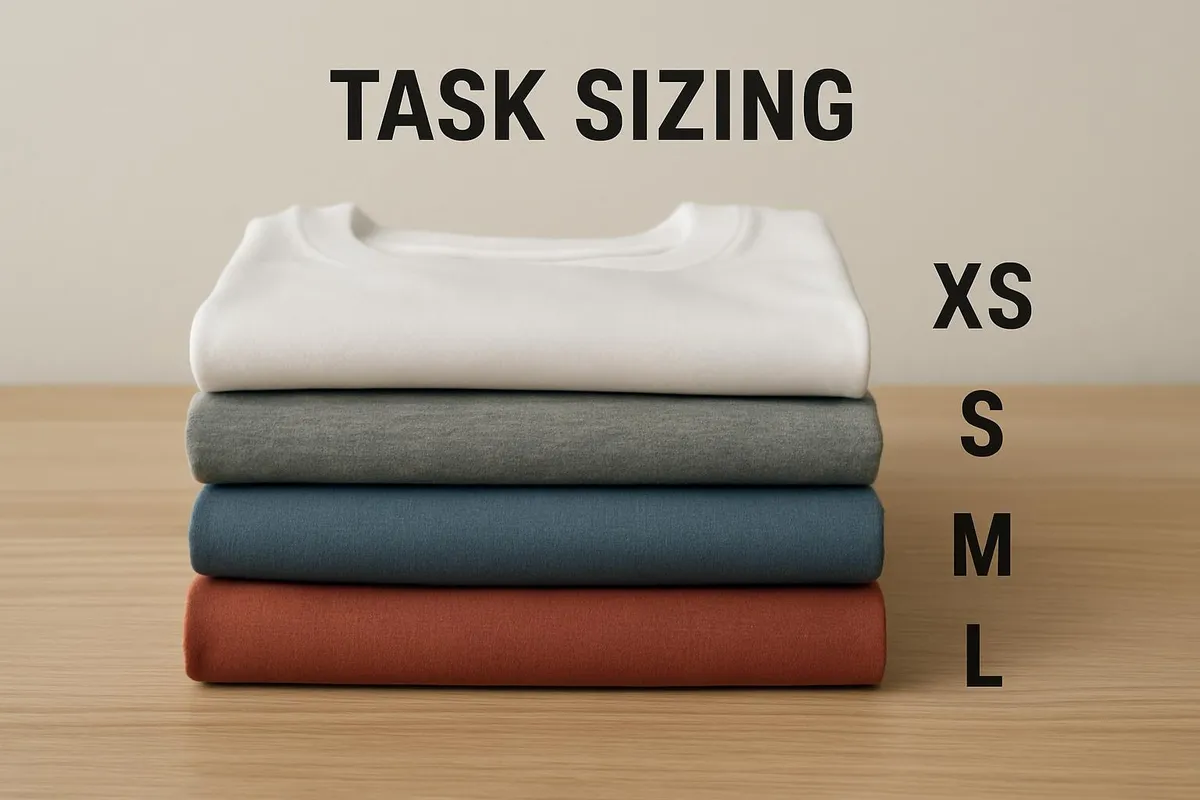
What’s beautiful about sizes (instead of minute-level estimates) is that they bypass the planning fallacy. You know the one—when you optimistically assume you’ll write a report in an hour, as if you’re a word robot with no snack-related detours. Sizing asks a simpler question: is this basically a sticky note (XS), a real chunk (M), or a bring-snacks project (XL)?
If you’ve played with my Rule of 3: Put Your Daily To-Do List on a Diet or built out Contextual To-Do Lists, T-shirt sizing plugs right in. The magic move is translating those sizes into calendar blocks and keeping your daily capacity honest, especially on days full of meetings. More on that in a second.
🧵TL;DR Sizing Cheat Sheet
Here is the baseline we’ll use today. Treat these as ranges, not handcuffs, and adjust after a week of real-world calibration.
- XS = 5–10 minutes (tiny triage, one email, quick edit)
- S = 15–30 minutes (simple task with 1 step)
- M = 45–90 minutes (requires focus; likely your core work block)
- L = 2–3 hours (multi-step work; protect a chunk)
- XL = 4–6 hours (project slice that spans half or most of a day)
Tip: Apply a 1.25x buffer to S–XL while you calibrate, because Future You is still human.
Why sizes beat precision (and your calendar will thank you)
- You stop fake-precision estimating. Saying “M” is faster than pretending you can hit a 52-minute target.
- They translate to real time blocks. “M” becomes a 60–90 minute block, not an optimistic 30.
- Capacity becomes visible. You can actually answer: “How many Ms can I do today?”
- Sizes play nice with other systems. They pair perfectly with The 90-Minute Deep-Work Block and the daily 5-Minute Forecast.
The size chart you can start using today
- XS (5–10 min): One quick email reply, a calendar update, filing a receipt, renaming files, sending a Slack nudge. These are momentum sparks or “cleanup” moves.
- S (15–30 min): Draft a short paragraph, compile quick notes, prep a small doc, pull a report, schedule a meeting with clear availability, one phone call.
- M (45–90 min): Write a page, design a slide deck pass, edit a blog section, analyze a dataset, prep a demo. This is “real brain” time. Protect it.
- L (2–3 hours): First pass on a proposal, coding a feature slice, recording and editing a tutorial, deep research.
- XL (4–6 hours): A large deliverable phase: report completion, big content batch, end-to-end review and polish. You’ll likely break XLs into L or M chunks across days.
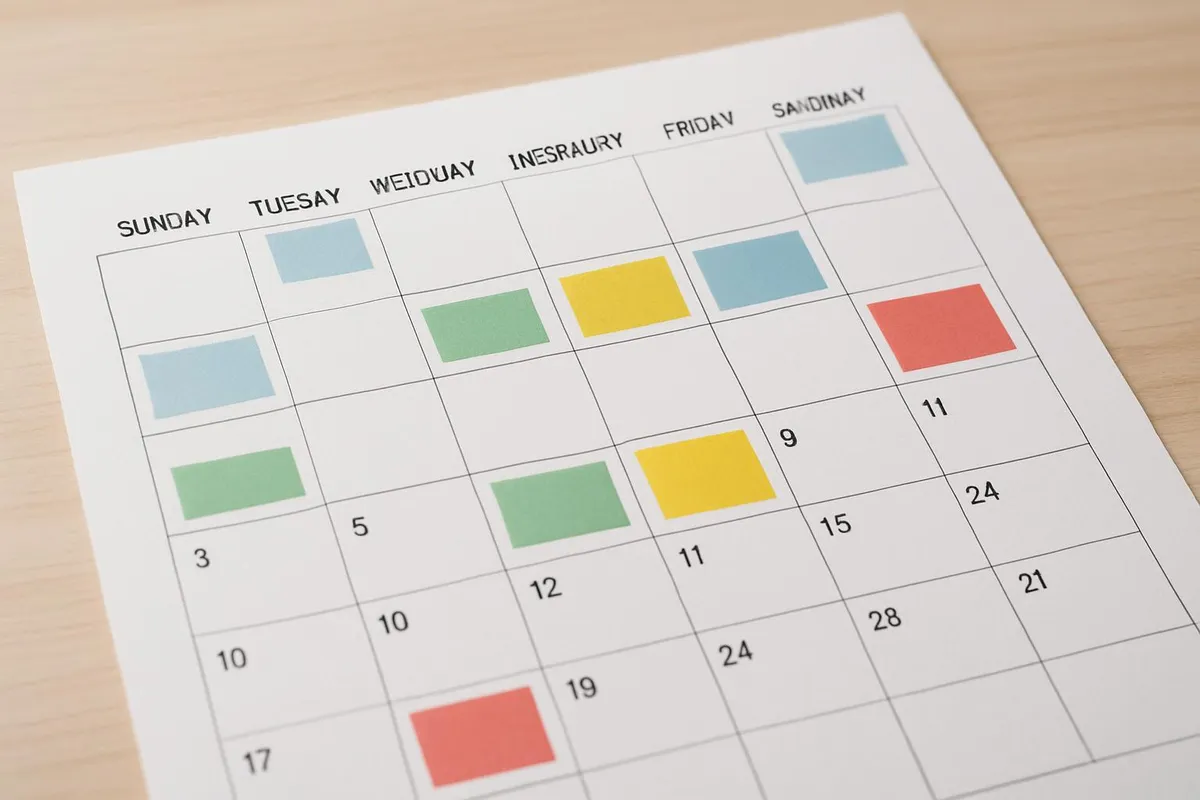
Turning sizes into calendar blocks (and avoiding burrito explosions)
A quick estimation warm-up (for mortals, not robots) Grab five tasks on your list and size them fast—no overthinking.
- “Draft the intro of the client report” = M
- “Collect last month’s metrics from dashboard” = S
- “Email Sara final agenda for Thursday” = XS
- “Outline new onboarding guide” = L (really 2–3 M blocks)
- “Refactor notification service” = XL (split into L + M; schedule across 2–3 days)
🕳️Pro tip: Size the outcome, not the rabbit hole
If your task includes potential rabbit holes (“research every possible tool”), size the crisp outcome instead (“shortlist 3 tools with pros/cons”). Rabbit holes inflate size without shipping progress.
Tasks expand to fill the time you don't defend. Decide the size first, then give it the right-sized home in your day.
Max, your friendly productivity gremlin
Build your personal size glossary in a week Day 1: Calibrate with your real life.
- Take yesterday’s tasks and retro-size them. Which were actually Ms masquerading as S?
- Add a 1.25x buffer on S–XL for the rest of this week.
Day 2–3: Map sizes to your tools.
- In your to-do app, add a tag or emoji for sizes: “XS”, “S”, “M”, “L”, “XL” or 🧩/📄/📚/🧱/🏗️.
- Create saved views by size. Pair with Contextual To-Do Lists to pull “M @High-Energy @Home.”
Day 4: Convert to calendar blocks.
Day 5: Run a buffer audit.
- Did your M finish with 10 minutes to spare or need 20 more? Adjust your default M block length by +/–15.
Day 6: Build a “maintenance lane.”
- Bundle XS items into a 30-minute sweep block. You’ll feel like a productivity wizard vacuuming the crumbs of your week.
Day 7: Snapshot and tweak.
- Take a photo of your sized list and calendar. Note patterns: Do your “S” tasks always act like “M” on Fridays? Create your own glossary, e.g., “Write email newsletter intro = S on Tuesday morning, M on Friday afternoon.”

The buffer table you will actually use
- XS: No buffer (do in buffer blocks)
- S: +25% (15 becomes 20; calendar holds 30 anyway)
- M: +25–50% (schedule 60–90; protect the whole window)
- L: +30–50% (schedule two or three Ms with breaks)
- XL: Plan across multiple days; don’t let it colonize your entire Tuesday
If you want a sanity check, pair this with a tiny time ledger on a sticky note:
- Left column: Planned size/block
- Right column: Actual time used
- End of day: Add a quick calibration note: “Research always runs +20%”
This isn’t about being perfect. It’s about learning your personal multipliers so next week’s plan is less fantasy, more finish.
How to set daily capacity (so you stop writing checks your calendar can’t cash)
- Start with your meeting reality. On a meeting-heavy day, assume you have 1 M and 2–3 S, plus an XS sweep. On a quieter day, you might have 2–3 M or 1 L plus 1 S.
- Lock your Big 3. Pick three outcomes and size them. If you’ve got an XL on deck, it might be your only Big 1 (see The Minimum Viable Day for how to win even when energy is low).
- Pre-block recovery buffers. After a heavy call block, put a 15-minute XS sweep or walk. Your brain is not a Tesla battery; it needs a lap around the block.
- Use the 5-Minute Forecast to pick the day’s sizes and place them. Review at lunch.
When an XL tries to eat your week
- Slice it into L and M chunks. Example: “Finish Q4 plan” becomes “Outline plan (M), finalize revenue assumptions (M), build first-pass slides (L).”
- Distribute across maker days. Protect those days as in Maker vs Manager.
- Add a “definition of done” to each slice. Otherwise you’ll polish the same slide 17 times.
Common pitfalls (and how to dodge them)
- Pitfall: Everything is an M. Fix: If you consistently under-scope, enforce an S minimum for admin tasks and only allow three Ms per day.
- Pitfall: S tasks expand because you start researching. Fix: Write the outcome: “Decide on 2 options with pros/cons,” not “read 12 tabs.”
- Pitfall: You time-block but don’t start. Fix: Add a 60-second launch ritual for each block: water, phone face down, open doc to the spot, start timer. If you need help here, try the 2 PM Reset to get unstuck mid-day.
- Pitfall: Meetings invade deep work. Fix: Move Ms to your energy peaks and batch calls; the whole playbook is in Calendar Cramming.
🧰Tiny gear upgrade, big focus
I keep index cards for my Big 3 and sizes right on my desk. Front: today’s three outcomes sized. Back: blockers and next actions. It’s a mini paper dashboard that pairs perfectly with a 90-minute deep-work timer.
Want my exact kit? Here are a couple of favorites. These are affiliate links, which means we may earn a small commission at no extra cost to you.
- Sticky note starter pack for XS/S batching:
- A quiet visual timer for M/L blocks:
Your 7-day Task T-Shirt challenge
- Day 1: Size everything on your current list. Don’t block yet; just learn your mix.
- Day 2: Convert tomorrow’s Big 3 into calendar blocks using the cheat sheet. Cap the day at 80%.
- Day 3: Add a 30-minute XS/S maintenance lane. Batch tiny tasks. Revel in dopamine.
- Day 4: Protect one 90-minute M block before noon. Phone in another room. Snack bribes encouraged.
- Day 5: Retro your week. Which sizes lied to you? Nudge your defaults +/–15 minutes.
- Day 6: Split one XL into L and M slices and schedule them next week.
- Day 7: Celebrate with a Ta-Da List snapshot—yes, write down what you actually did. If you need a pep talk, read The Power of the Ta-Da List.

How this plays with your other systems
- Personal Kanban: Use sizes as WIP governors. For example, only 3 Ms allowed in “Doing” at once. See Personal Kanban on a Door.
- Deep work rituals: An M is your default 90-Minute Deep-Work Block. Stack two for an L with a proper break.
- Energy-first planning: Pair sizes with The Energy Budget so your Ms happen at your peak, not when your brain resembles mashed potatoes.
- Weekly reset: On Sunday, do a quick 30-Minute Sunday Reset and tag next week’s tasks by size. You’ll hit Monday with a smug glow.
A quick story to make this stick I used to size everything as S because optimism is my toxic trait. “Write the entire guide?” S. “Analyze three months of data?” Still S. Shockingly, this led to chaos and ravioli for dinner at 9:30 PM. When I started calling an M an M, my days got calmer. Calling an XL an XL forced me to slice it into humane pieces and spread them across actual maker-time days. It turns out I don’t need to be a productivity robot; I just need to stop lying to my calendar.
📣Make it social (and fun)
Show us your sized Big 3! Snap a pic of your index card or calendar blocks and tag us on Instagram. We love cheering for progress, not perfection.
Finally, remember: the goal isn’t to estimate like a NASA flight computer. It’s to make your day feel human. With T-shirt sizes, you’ll plan with reality, block with clarity, and finish with enough energy left to live a life that isn’t just bullet points.
If you try this for a week, tell me which size surprised you the most. And if your “S” tasks keep mutating into “M” by lunchtime, welcome to the club—I saved you a seat next to the snacks.








